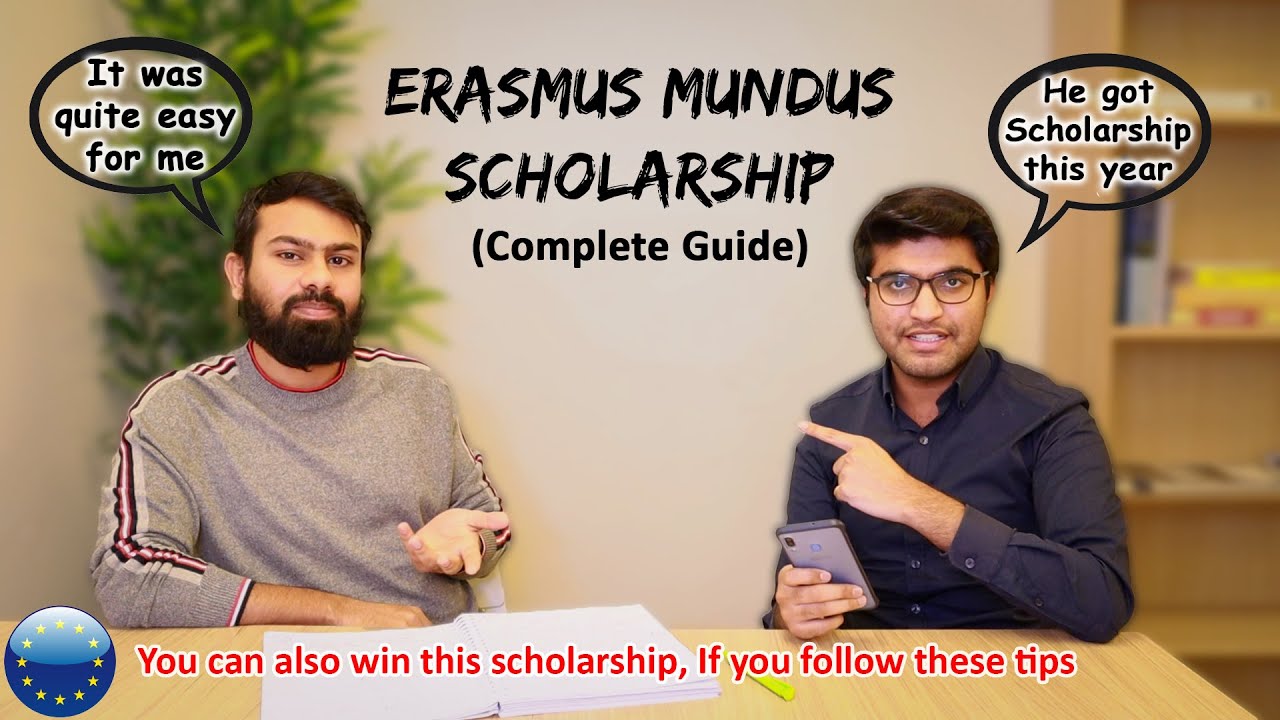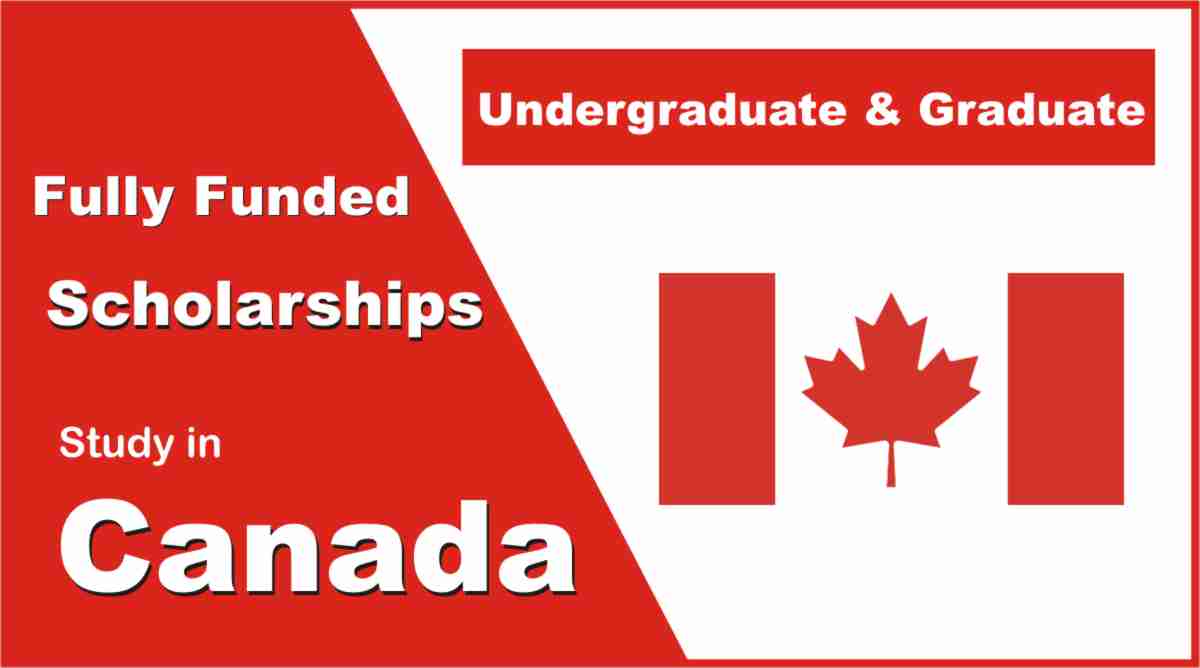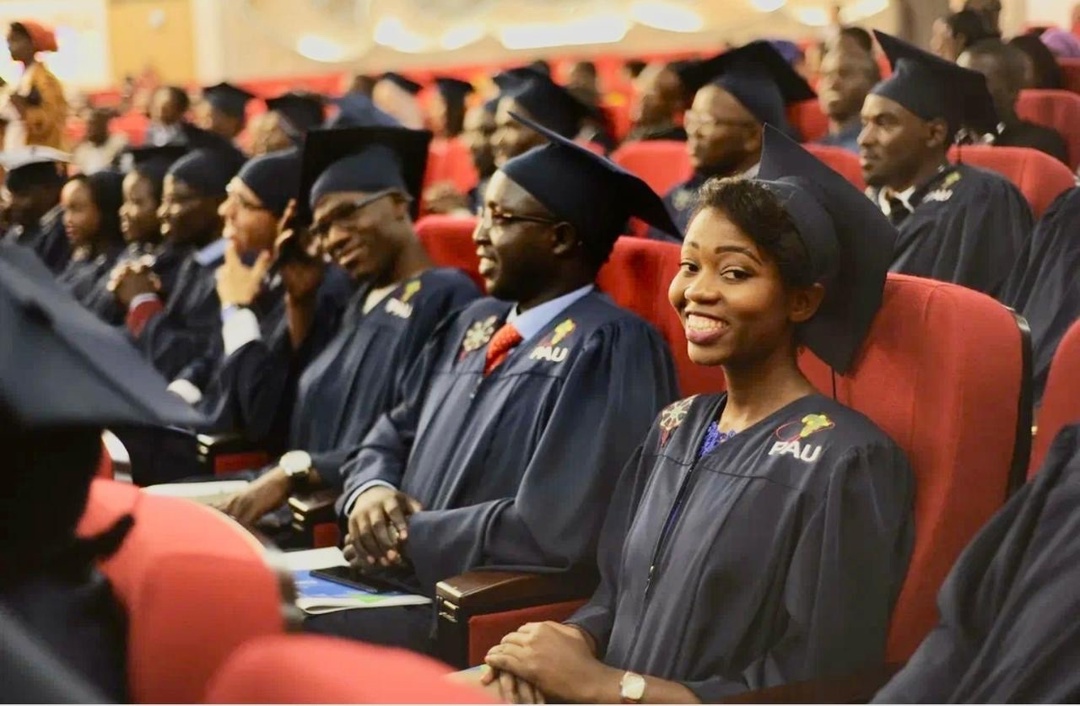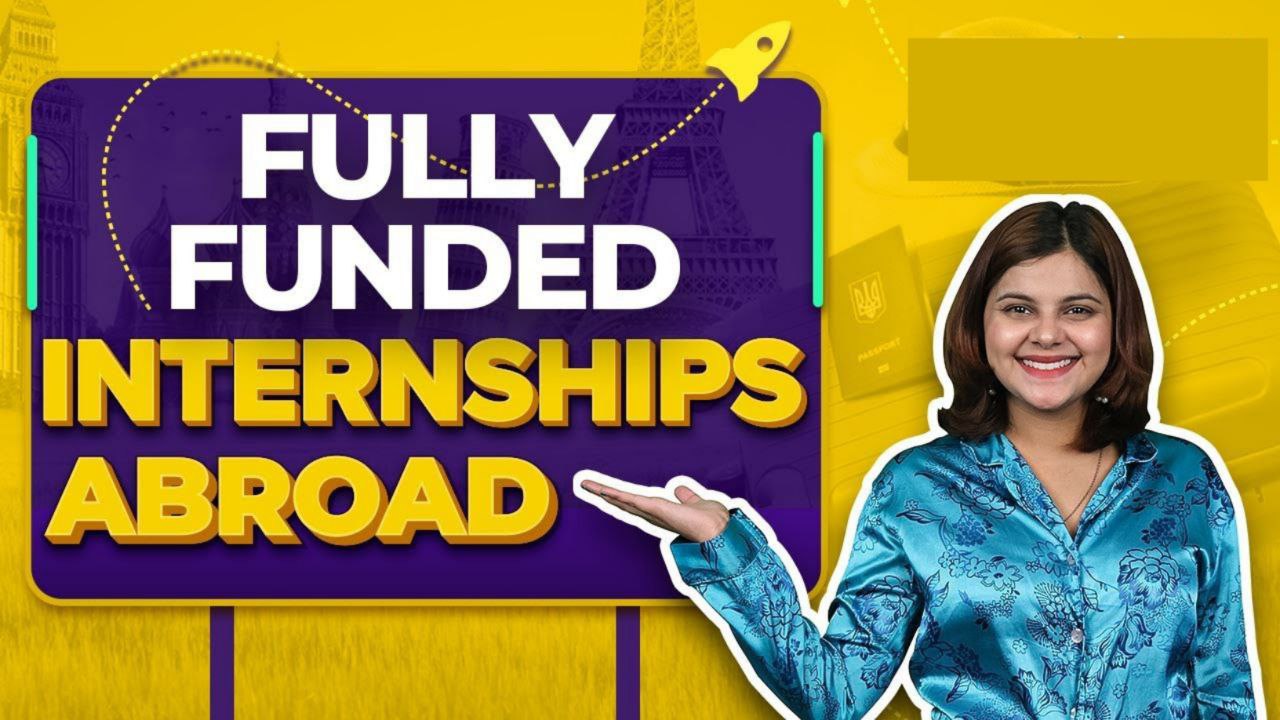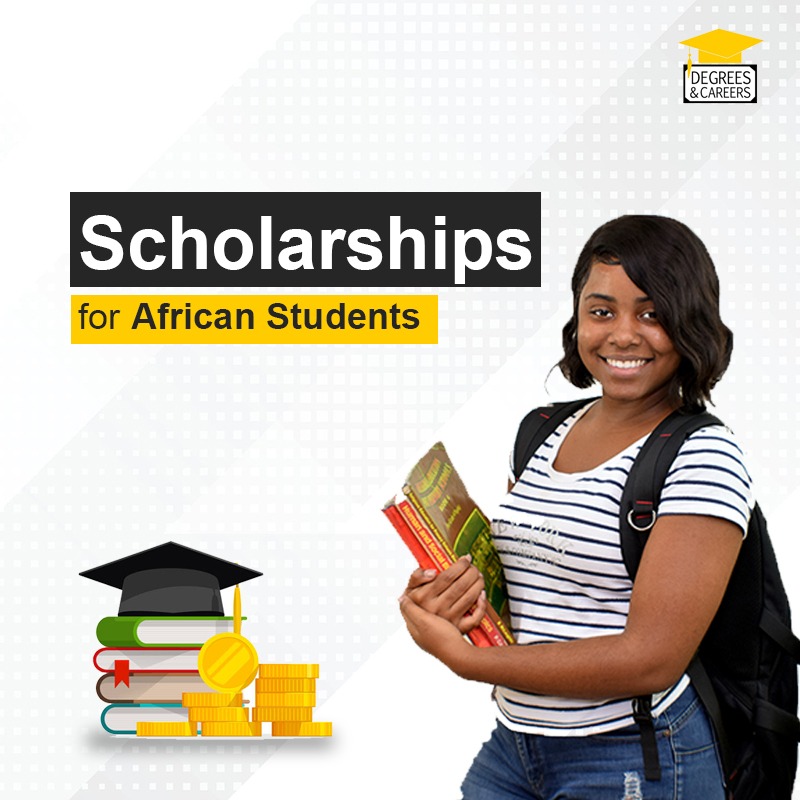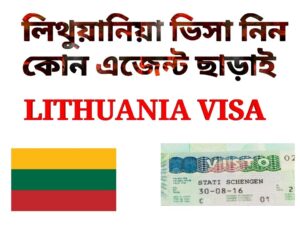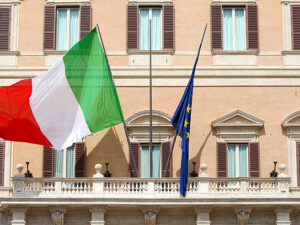The Erasmus Mundus Scholarship is a beacon of opportunity for African students aspiring to pursue world-class master’s degrees in Europe. Fully funded by the European Union, this prestigious program enables students to study at multiple universities across different countries, fostering academic excellence, cultural exchange, and global networking. In 2025, approximately 3,000 scholarships will be awarded, offering African students a chance to transform their futures without financial burdens.
This detailed guide explores every facet of applying for the Erasmus Mundus Joint Master’s Scholarship (EMJMD) for the 2025–2026 academic year. From eligibility criteria to crafting a standout application, we’ll walk you through the process with practical tips, inspiring stories, and answers to common questions. Whether you’re a fresh graduate or a professional seeking advanced training, this article is your roadmap to securing this life-changing opportunity.
Why the Erasmus Mundus Scholarship Matters for African Students
The Erasmus Mundus Scholarship is more than just financial aid—it’s a gateway to global education and personal growth. For African students, it offers:
-
Full Funding: Covers tuition fees, travel costs, health insurance, and a monthly stipend (€1,400–€1,500).
-
Multicultural Experience: Study in at least two European countries, gaining cross-cultural perspectives.
-
Prestigious Degrees: Earn a joint or multiple master’s degree from top universities.
-
Career Boost: Access to global networks, internships, and job opportunities.
-
Community Impact: Skills to address Africa’s challenges in fields like engineering, human rights, and sustainability.
With a competitive acceptance rate of 10–15%, a strong application is crucial. Let’s dive into how you can make yours shine.
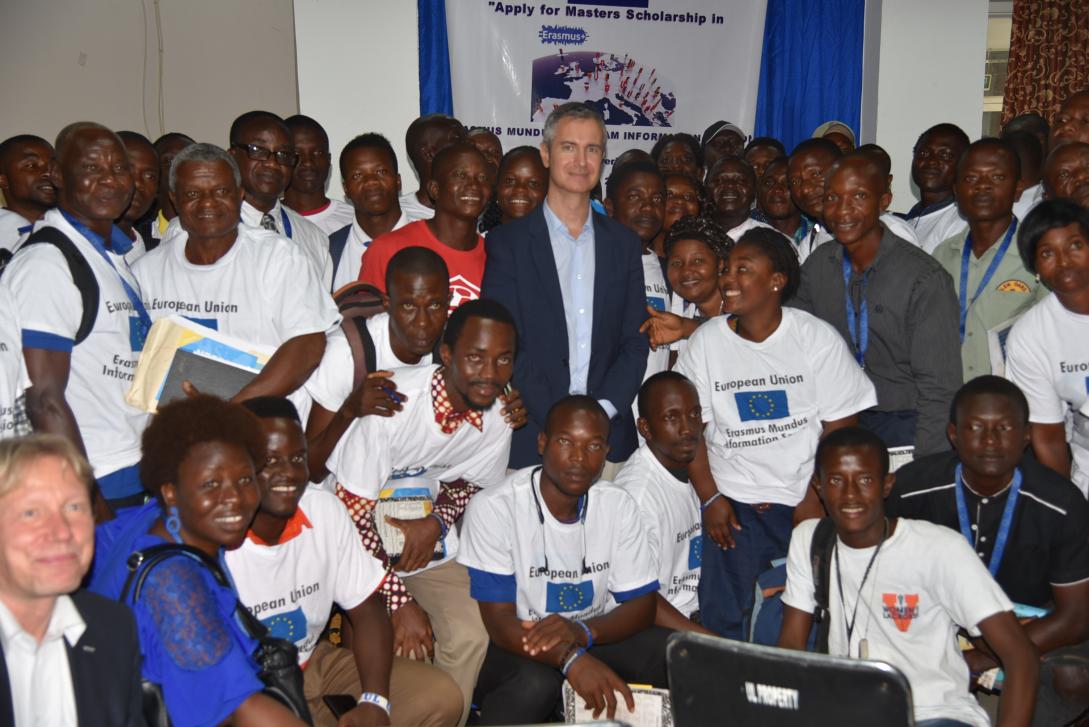
African student studying at a European university, symbolizing the global opportunities of Erasmus Mundus.
Understanding the Erasmus Mundus Scholarship 2025
The Erasmus Mundus Joint Master’s Degrees (EMJMDs) are high-level, integrated programs delivered by consortia of at least three higher education institutions from different countries, with at least two being EU member states or associated countries. African students can apply as “Partner Country” candidates, eligible for generous scholarships.
Key Features:
-
Duration: 1–2 years, depending on the program.
-
Fields of Study: Over 215 programs, including engineering, social sciences, public health, and more.
-
Mobility: Study in at least two countries, with mandatory mobility periods.
-
Scholarship Benefits:
-
Tuition fees covered.
-
Monthly stipend: €1,400–€1,500 for living expenses.
-
Travel allowance and round-trip airfare.
-
Health and travel insurance.
-
-
Application Period: Typically October 2024–March 2025, varying by program.
Watch an overview of the Erasmus Mundus Scholarship experience.
Eligibility Criteria for African Students
To apply for the Erasmus Mundus Scholarship 2025, African students must meet the following criteria:
-
Academic Qualifications:
-
Hold a bachelor’s degree (or equivalent, 180 ECTS) from a recognized institution.
-
Final-year students can apply, provided they graduate before the program starts.
-
-
Language Proficiency:
-
Proof of English proficiency (IELTS 6.5, TOEFL, or Duolingo) for most programs.
-
Some programs accept a letter of English proficiency from your university if you studied in English.
-
-
Residency Rule:
-
Must not have resided in an EU country (or Iceland, Norway, Liechtenstein) for more than 12 months in the last 5 years to qualify as a Partner Country candidate.
-
-
Previous Scholarships:
-
Cannot have received another Erasmus Mundus scholarship or an Erasmus Mundus Master/Doctoral Course scholarship.
-
-
Program-Specific Requirements:
-
Some programs require relevant work experience, a specific academic background, or additional tests (e.g., GRE).
-
Pro Tip: Check each program’s website for specific eligibility criteria, as requirements vary.
Step-by-Step Guide: How to Apply for Erasmus Mundus Scholarship 2025
Applying for the Erasmus Mundus Scholarship is a competitive but rewarding process. Follow these steps to maximize your chances:
Step 1: Research and Choose Programs
-
Visit the Erasmus+ Catalogue: Browse the official Erasmus Mundus catalogue (available on the Erasmus+ website) to explore over 215 programs.
-
Select Up to Three Programs: You can apply for a maximum of three EMJMDs in one application cycle. Choose programs aligned with your academic background and career goals.
-
Review Program Details: Check each program’s website for course structure, participating universities, mobility tracks, and application deadlines (typically October 2024–March 2025).
Example Programs for African Students:
-
EMERALD (Georesources Engineering): Offered by universities in Belgium, France, Germany, and Sweden.
-
MESPOM (Environmental Sciences): Focuses on sustainability, with a deadline of February 4, 2025.
-
GLOCAL (Global Markets): Includes cultural heritage studies, with a deadline of January 12, 2025.
Step 2: Gather Required Documents
Prepare the following documents, ensuring they meet program-specific requirements:
-
Academic Transcripts: Certified copies of your bachelor’s degree and transcripts, translated into English if necessary.
-
Degree Certificate: If not yet issued, submit a letter from your university confirming your graduation date.
-
English Proficiency Test: IELTS (6.5+), TOEFL, or a letter of English proficiency from your institution.
-
Motivation Letter: A 1–2-page letter explaining your academic background, program fit, and career goals.
-
CV: A detailed resume highlighting academic achievements, work experience, and skills.
-
Recommendation Letters: Two letters (one academic, one academic or professional) on official letterhead, signed, and dated within the last two years.
-
Passport Copy: A clear copy of your passport’s photo page.
-
Proof of Residence: A residence certificate or utility bill to confirm your Partner Country status.
-
Program-Specific Documents: Some programs require a research proposal, portfolio, or additional essays.
Step 3: Create an Online Account
-
Program Portal: Each EMJMD has its own application portal. Create an account on the program’s website or a centralized platform (e.g., Swedish University Admissions for some programs).
-
Consortium Portal: For programs like the EMJM in Imaging, apply via the consortium’s portal.
-
Note: There’s no separate scholarship application—indicate your interest in the scholarship within the program application.
Step 4: Submit Your Application
-
Upload Documents: Upload all required documents in PDF format, ensuring they meet size and format guidelines.
-
Complete the Scholarship Form: Some programs, like the Human Rights Policy and Practice master’s, require a specific scholarship application form.
-
Pay Attention to Deadlines: Deadlines vary (e.g., January 6, 2025, for Groundwatch; June 16, 2025, for QuanTEEM). Submit early to avoid technical issues.
-
Double-Check: Ensure all documents are complete and error-free. Incomplete applications are often rejected.
Step 5: Prepare for Interviews
-
Some programs, like MemBioMed, include an interview phase.
-
Practice answering questions about your motivation, academic background, and how the program aligns with your goals.
-
Be ready to discuss your contribution to the program’s diversity and objectives.
Step 6: Await Results
-
Timeline: Results are typically announced in April–June 2025, depending on the program.
-
Outcomes: You may be placed on the Main List (scholarship awarded), Reserve List (potential scholarship), or Non-Selected List.
-
Appeals: If you believe the selection process was unfair, you can appeal within seven days, providing clear justifications.
Step 7: Accept the Offer and Prepare
-
Sign the Student Agreement: Confirm your acceptance and agree to the program’s terms, including mobility requirements.
-
Apply for a Visa: Use the admission letter to apply for a student visa at the relevant European embassy.
-
Plan Travel: Arrange flights and accommodation, supported by the scholarship’s travel allowance.
Watch this Video Tips for crafting a winning Erasmus Mundus application.
Tips to Make Your Application Stand Out
The Erasmus Mundus Scholarship is highly competitive, with only 150–200 scholarships awarded to African students annually. Here’s how to shine:
-
Write a Compelling Motivation Letter:
-
Start with a personal story or achievement that reflects your passion.
-
Explain why the program is a perfect fit for your academic and career goals.
-
Highlight how you’ll contribute to the program’s diversity and objectives.
-
Example: “Growing up in rural Kenya, I witnessed the impact of water scarcity, inspiring me to pursue the Groundwatch program to develop sustainable solutions.”
-
-
Secure Strong Recommendations:
-
Choose referees who know you well and can provide specific examples of your abilities.
-
Provide them with your CV and program details to tailor their letters.
-
-
Tailor Your Application:
-
Customize your motivation letter and CV for each program, emphasizing relevant skills and experiences.
-
-
Highlight Community Impact:
-
Showcase projects or initiatives you’ve led that benefit your community, aligning with the EU’s goals of global cooperation.
-
-
Proofread Thoroughly:
-
Errors can undermine your application. Use tools like Grammarly or ask a mentor to review your materials.
-
-
Start Early:
-
Begin preparing 6–12 months in advance to gather documents, take language tests, and refine your application.
-
Success Story: Chidi, a Nigerian student, secured the MESPOM scholarship by emphasizing his work on community waste management in his motivation letter. He’s now studying environmental policy in Sweden and Hungary, aiming to launch a recycling initiative in Lagos.
Challenges and How to Overcome Them
Applying for the Erasmus Mundus Scholarship can be challenging, but these strategies can help:
-
Complex Application Process:
-
Break it into manageable steps and use a checklist to track progress.
-
Contact program coordinators for clarification if needed.
-
-
Language Proficiency:
-
Prepare for IELTS or TOEFL early. Online platforms like Duolingo or local language centers can help.
-
If exempt, ensure your university provides a strong proficiency letter.
-
-
Financial Documentation:
-
Obtain residence certificates or utility bills promptly to prove Partner Country status.
-
-
Competitive Selection:
-
Focus on unique aspects of your profile, such as leadership or community service.
-
Apply to less competitive programs if your CGPA is lower (minimum 2.5 accepted).
-
-
Rejection:
-
Use feedback to strengthen future applications or consider self-funded options if placed on the Reserve List.
-
Inspiring Quote: “The application process tested my resilience, but every step brought me closer to my dream of studying in Europe.” – Aisha, Erasmus Mundus Scholar from Ghana.
Benefits of the Erasmus Mundus Scholarship for African Students
The scholarship offers transformative benefits:
-
Financial Freedom: Covers all costs, allowing you to focus on studies.
-
Global Exposure: Study in countries like Germany, France, and Spain, building a global perspective.
-
Networking: Connect with peers, professors, and industry leaders across Europe.
-
Skill Development: Gain expertise in cutting-edge fields, from AI to human rights.
-
Career Opportunities: Graduates work with organizations like the UN, NGOs, or multinational corporations.
-
Community Impact: Return to Africa with skills to address local challenges, like climate change or education access.
Watch this Video: Hear from African Erasmus Mundus alumni about their experiences.
Frequently Asked Questions (FAQs)
1. What is the Erasmus Mundus Scholarship?
A fully funded scholarship by the European Union for international students to pursue joint master’s degrees at multiple European universities.
2. Who is eligible as a Partner Country candidate?
African students who haven’t resided in an EU country for more than 12 months in the last 5 years and hold a bachelor’s degree.
3. Do I need IELTS or TOEFL?
Most programs require English proficiency tests, but some accept a letter from your university if you studied in English. Check program requirements.
4. How many programs can I apply for?
You can apply for up to three EMJMDs in one application cycle.
5. When are the application deadlines?
Deadlines vary by program, typically between October 2024 and March 2025. Check each program’s website.
6. What documents are required?
Transcripts, degree certificate, CV, motivation letter, recommendation letters, passport, proof of residence, and English proficiency proof.
7. Can I apply with a low CGPA?
Yes, some programs accept a minimum CGPA of 2.5, but a strong motivation letter and experience can boost your chances.
8. What happens if I’m on the Reserve List?
You may be offered a scholarship if a selected candidate withdraws or invited to join as a self-funded student.
9. Can I appeal a rejection?
Yes, within seven days, by emailing the program’s selection committee with clear justifications.
10. Are there scholarships for PhD programs?
Erasmus Mundus Joint PhD scholarships ended in 2013, but some programs offer PhD opportunities under Erasmus+. Check the catalogue.
Call to Action
The Erasmus Mundus Scholarship 2025 is your ticket to a world-class education and a brighter future. Start now by exploring the Erasmus+ catalogue, selecting programs that match your goals, and preparing your documents. Visit program websites, join the Erasmus Mundus Association (EMA) for resources, and connect with alumni for guidance. Share this guide with friends and family to spread the word. Your journey to studying in Europe begins today—apply and make your mark
Conclusion
Applying for the Erasmus Mundus Scholarship 2025 is a challenging but achievable goal for African students. With thorough research, a compelling application, and perseverance, you can secure this fully funded opportunity to study at Europe’s top universities. The scholarship not only funds your education but also empowers you to become a global leader, equipped to drive change in Africa and beyond.
Take the first step today. Visit the Erasmus+ website, choose your programs, and start crafting your application. Your dream of studying in Europe is within reach—seize it!
